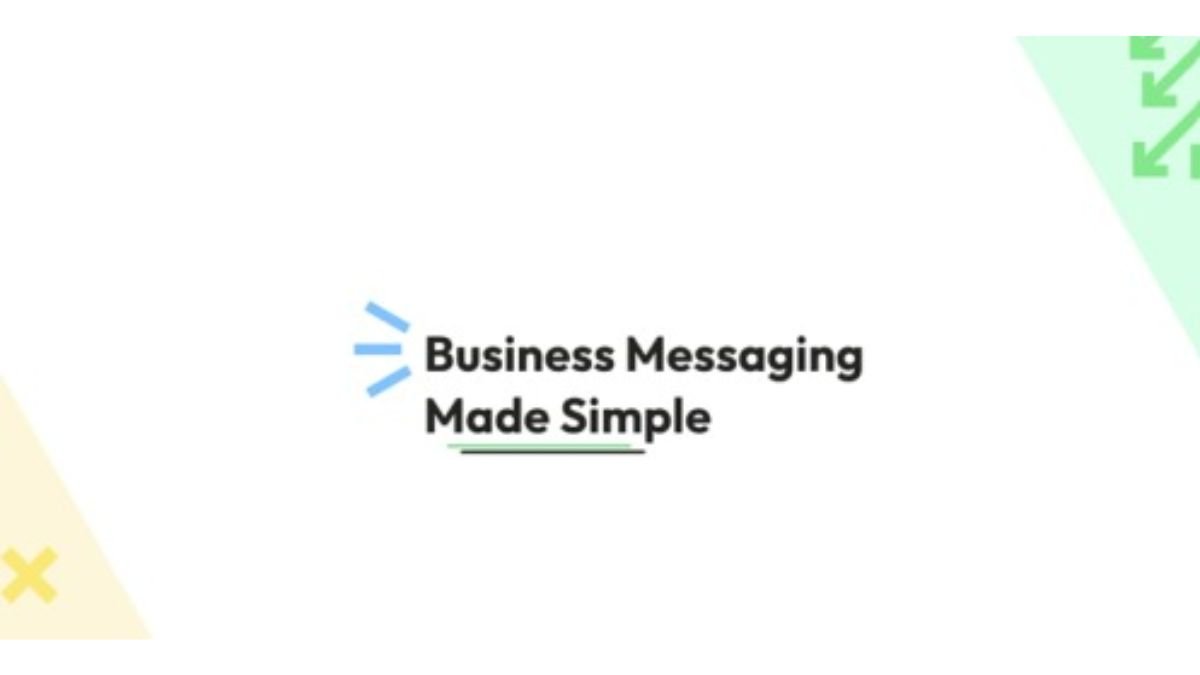This Self-Study Platform for UPSC, Is Helping Aspirants Complete UPSC Syllabus 2X Faster


“Information, notes, videos – there’s plenty of all of this out there, but what students really need is a plan of what to do and visibility of their progress,” says 27-year-old Nishant Shukla, co-founder of Allahabad-based Geartron Technologies, which runs and owns test prep platform, Examarly. Examarly is a self-study platform that focuses on outcome-based learning for higher education and test preparation. The artificial intelligence empowered platform, Examarly makes personalised study plans for individual aspirants based on an initial placement test that optimises the preparation path leading to 20% score improvement and 2-3 times faster covering of the UPSC syllabus.
Examarly’s Outlook for UPSC Preparation
Being IAS aspirants themselves, the founders realised that there are plenty of reading resources available online either paid or free of cost in the current time. Usually, aspirants pay heftily for availing content, i.e. reading material/video lectures/coaching, which they can easily get for free. Hence the availability of quality content is no more the problem faced by aspirants.
“It is a challenge for an aspirant to choose the right reading material among the thousands available in the market and to be able to complete it thoroughly within the limited time. Even if they happen to choose and read it, knowing if one is reading every topic in optimum breadth and depth required for UPSC is another big challenge.”- says Nishant Shukla, an IIT Grad & Founder of Examarly.
Facing this problem themselves, Sushant Shukla, Co-founder of Examarly, then proposed dividing the entire syllabus of UPSC into multiple micro-plans. Dividing the entire syllabus, which is very vast, into micro-plans, makes it easier for the aspirants to complete it in one sitting. Tests based on the micro-plans ensure if the topic has been covered thoroughly in optimal depth as per the UPSC requirements, and aspirants can move to the next topic-based micro-plan.
The Successful Trial
In the initial trial of the outcome-based product, the Examarly team optimised the daily preparation schedule for the users by providing them with daily micro-plans and testing them on those topics upon completion. During the trials, the Examarly team found that the aspirants following the daily plans with consistency could cover the vast syllabus 2-3 times faster than normal. It showed more than 20% improvement in their scores within a small period of time. The successful trial has strengthened the idea and led to developing an AI-empowered app-based product, Examarly.
Examarly’s NO More Content Approach
It is common in the UPSC market to provide content to read. In fear of missing out, aspirants go behind availing more and more content, overlooking the fact that it’s the right planning, self-study, and consistency for year-long UPSC exam, which are key to its preparation. They focus on adding more reading materials to their shelves instead of consolidating them and end up being confused and wasting their precious time.
“We are conscious of the fact that we don’t want to add to the confusion of students by giving out more content. Our focus is on only making personalised planning as smooth as possible and keeping the students on track throughout. Till now, the results have been amazing, and we want to continue improving and helping more students do a lot more in less time,” shares Ishan.
How Can Aspirants Use Examarly to Aid their UPSC preparation?
UPSC aspirants can use Examarly App to plan their daily targets, identify weaker areas of their preparation, and target score improvement in that particular topic or subject alongside tracking their progress. The process begins with aspirants taking up Examarly’s assessment test, which determines whether the aspirant is required to start from scratch or is in between the journey and lays out the path accordingly. It helps in avoiding unnecessary repetition of efforts and saves a lot of time. Based on this analysis, users get daily self-paced micro plans which come with the allied test. Regular testing at the end of every plan ensures if the particular topic is covered properly or requires another reading round.
Using Examarly App, aspirants can save their time on planning and know exactly which subject or topic they need to divert their efforts to improve their scores. Examarly App is available at Google Play Store.
The Team
To make Examarly a reality, Nishant and Sushant joined hands with their friends Ishan Malviya (COO) and Thribhuvan HL (CTO), along with a determined team who collectively built the product and the current customer base. “We are lucky to have some really amazing people in the team who have lived up to all challenges we have faced,” says Thribhuvan.
With the support from a circle of few close friends and college alumni, Examarly has raised a pre-seed round funding, which is being used to develop the product and expand the team. Currently, over 20,000 users have benefited from the platform.






